Wondering where the safest places to scuba dive are?
Scuba Diving is one of the most adventurous watersports that you can experience.
However, some places weren’t safe to go for scuba diving, especially if you are still starting to learn.
Being safe and diving in safe places is very important for you to enjoy more exploring underwater.
With that said, you need to read this article until the end. To find out the safest places to scuba diving.
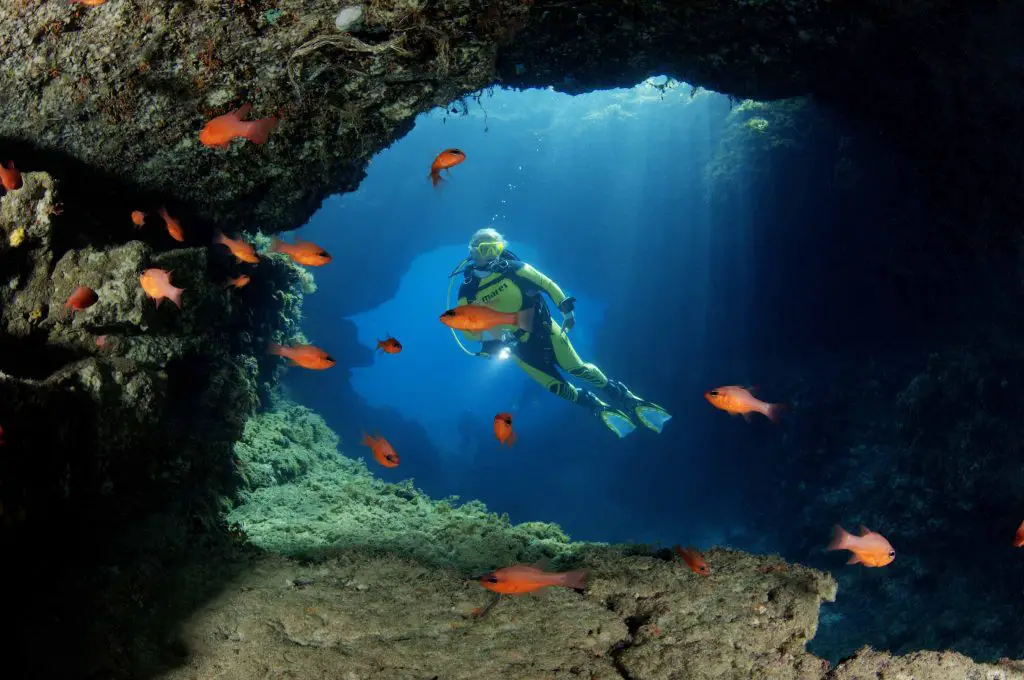
15 Safest Places to Scuba Dive
Thailand
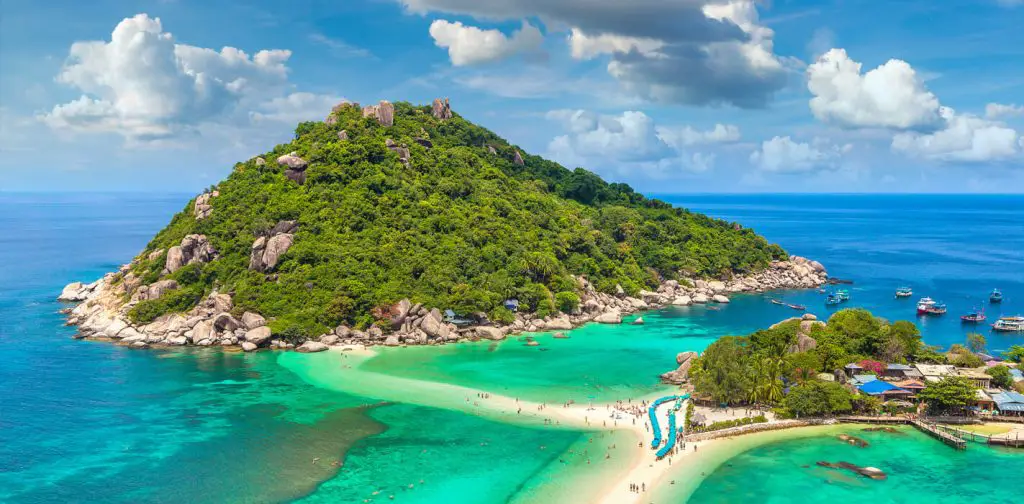
Thailand offers various great plunge destinations: Phuket, Ko Tao, Similan Islands, and the Surin Islands to give some examples. At the same time, you can basically go diving in any place here and still have a ton of fun. The best diving can be seen close to Ko Tao and up close to the Similans.
Besides, Ko Tao is a modest spot to figure out how to scuba dive if you’re a novice. There’s plenty of diving shops on the island for experienced and beginner divers. So, you’ll unquestionably have the option to discover a company that suits your needs.
Gili Islands
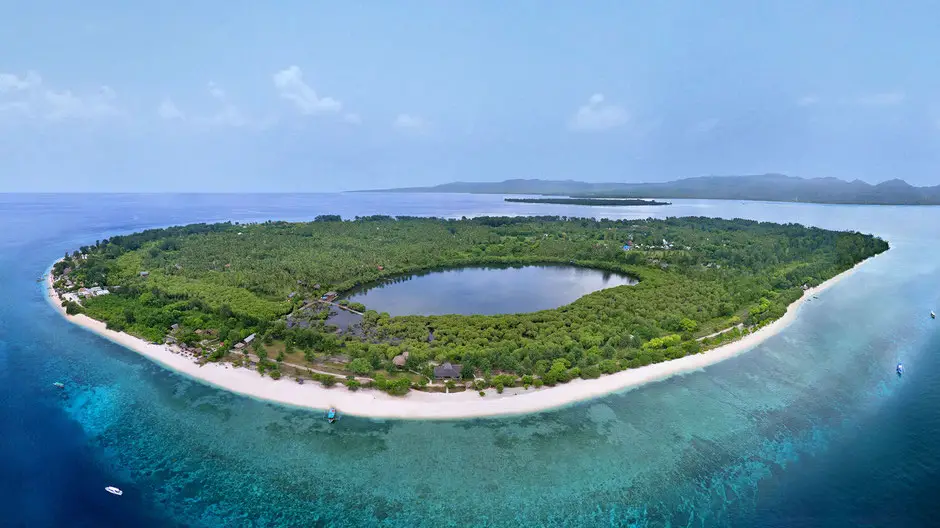
The Gili’s in Indonesia become well known in the ongoing year and light of current circumstances. The reefs and waters here give a perfect setting to your dives. The islands encompass a gigantic reef framework that preferably protects others in the zone. Check this article to find the 3 best islands in Gili for scuba diving.
What’s more, with the island being a lot less expensive than its neighbour, Bali, there is considerably more motivation to come here and investigate.
The Blue Hole
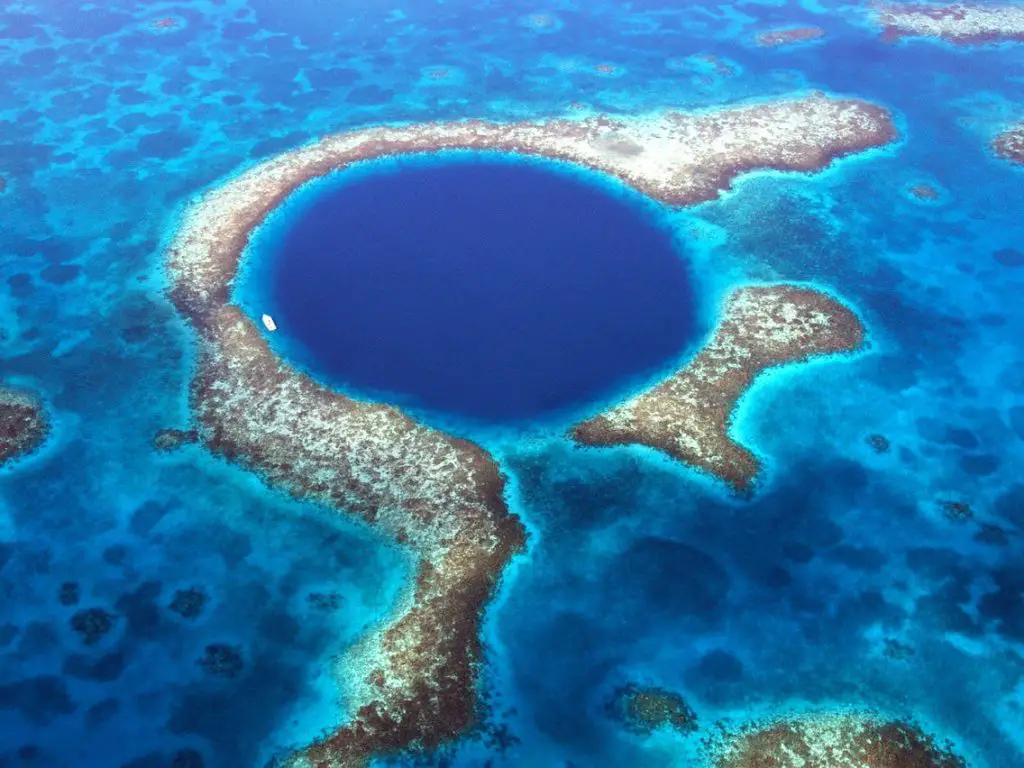
The Blue Hole in Belize is one of the most well-known diving destinations on the planet, and you can likely observe why. This unconventional site is really a monstrous marine sinkhole. If you like Blue Hole scuba diving, Great Blue Hole Lighthouse Reef Atoll in Belize is the place to go.
It was advance by the renowned voyager Jacques Cousteau who really announced it to be extraordinary compare to other diving spots on the planet. The opening itself is around 300m in the distance across and around 125m in depth. The waters here are clear, presenting an opportunity to see reef sharks, just as bull sharks and hammerheads.
Boracay
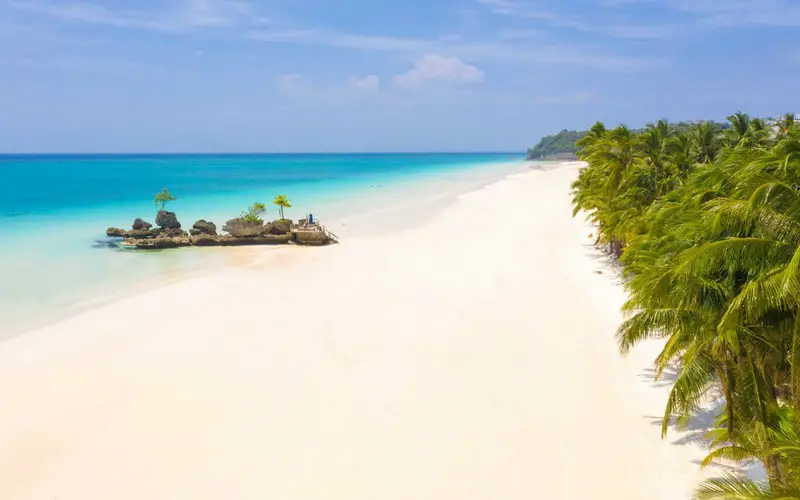
Situated in the Philippines, this tropical heaven is, likewise as anyone might expect, diving heaven. You’ll discover all the typical suspects here, including comedian fish and eels, just as bounteous reef frameworks. It’s the most well-known spot to dive in the Philippines and light of current circumstances. At the point when you’re sick of swimming beneath the ocean, you can kick back and unwind on the pleasant seashores.
Great Barrier Reef
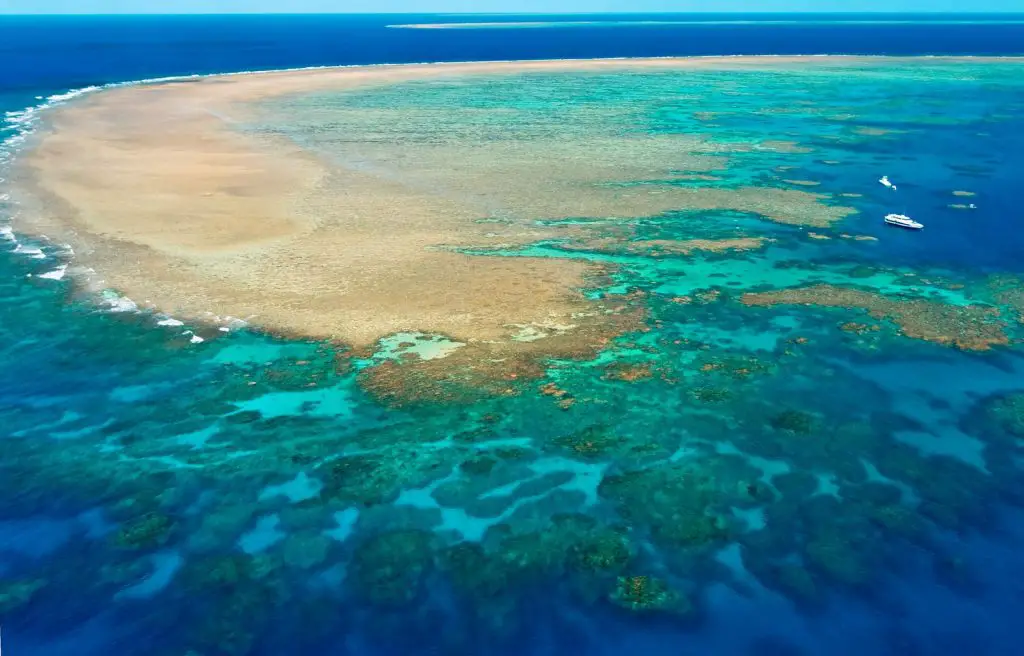
The Great Barrier Reef needs no presentation. Situated off Australia’s shore, the world’s longest reef has all the tropical ocean life and coral you would ever envision. The reef itself is right around 350,000 square kilometres; it’s so huge you can see it from space.
More than 2 million individuals visit the reef each year. However, tragically, environmental change is having a disastrous impact on the reef.
So, please don’t pass up on your opportunity to see the reef while it’s still there.
Hawaii
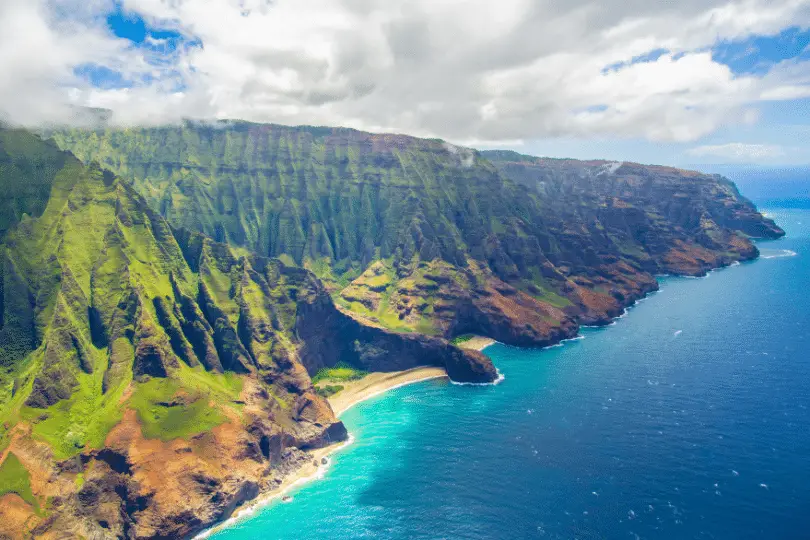
Hawaii has some extraordinary scuba diving spots. The islands are fringe with wildlife and reefs. So, it will be really difficult not to dive and come to Hawaii. Being one of the world’s most remote archipelagos. It is nothing you expect that there’s such a great amount of going on under the water.
Seals, mantas, and turtles are generally extremely normal. However, it’s unquestionably conceivable to spot humpbacks or whale sharks in the event that you visit from December-May. The region north of the islands is the biggest marine hold in the United States, guaranteeing extraordinary diving for quite a long time to come. With such huge numbers of Americans making a trip abroad to dive, Hawaii is really an underrated choice destination. Try not to leave it behind.
Sipadan
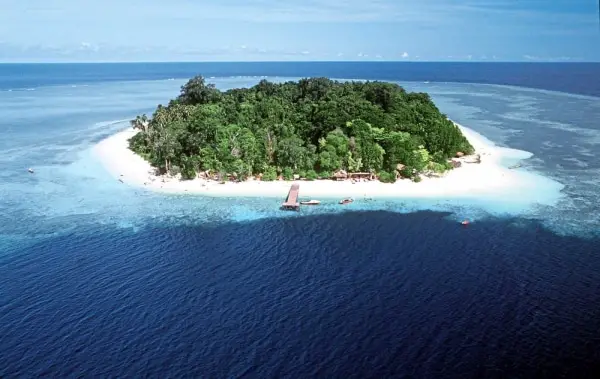
Situated in Malaysia, Sipadan is seemingly outstanding amongst the other five dive spots on the planet. The spot is overflowing with life. You will see turtles, cavern frameworks, sharks, dolphins, schools of fish, splendid coral, brilliant fish, and everything in the middle.
Not exclusively will you find a workable pace; however, you’ll see them in mind-boggling varieties and abundant. So certainly, don’t miss it if you’ve never gotten an opportunity to dive here.
The Egyptian Red Sea
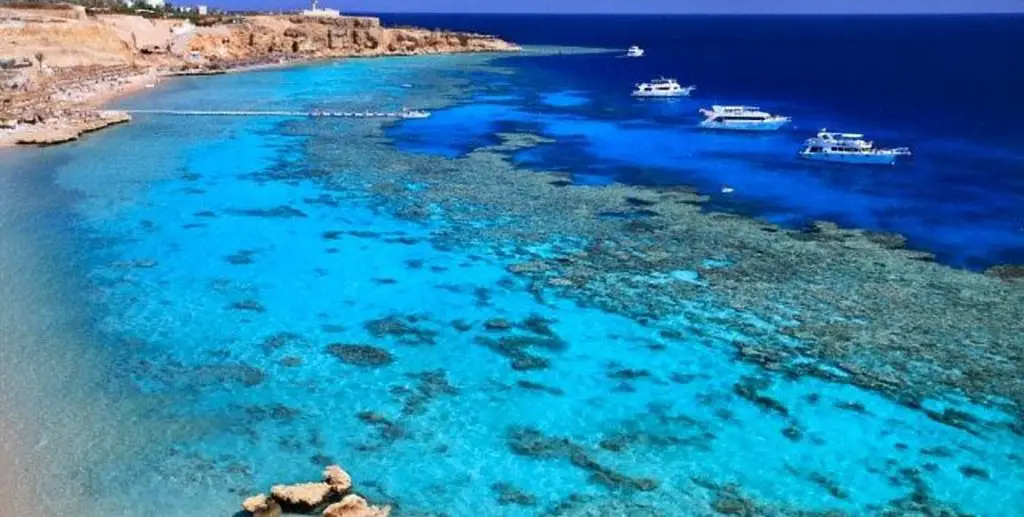
The Red Sea offers incredibly clear turquoise waters. The reefs are lively and brimming with life, never neglecting to disillusion. The reliable water temperatures all year make this a diver’s heaven. From Sharm El Sheik to the disaster areas at Sha’ab Abu Nuhas to the Thistlegorm and Ras Mohammed, you’ll find magnificent plunging everywhere throughout the Red Sea.
Whether or not you are an experienced and beginner diver, these diving destinations offer up probably the most stunning sights and encounters on the planet. These stunning diving trips will remind you why you began to dive in the primary spot, from extensive reefs to epic wrecks.
Micronesia
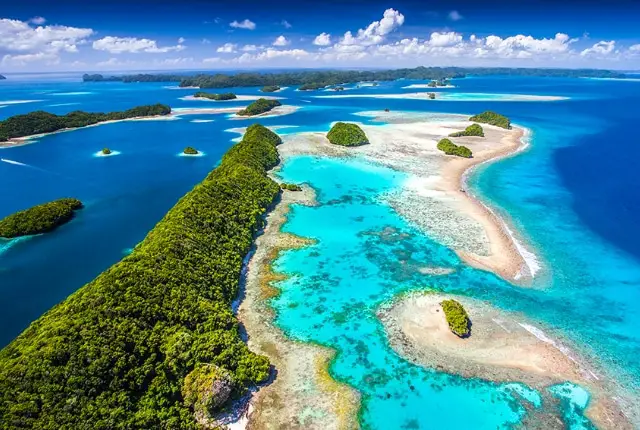
Tropical islands as lovely as Micronesia consistently make them thing in like manner. They are circle by dynamic coral reefs. Dive spots like the Blue Wall make Micronesia one of the top spots in the South Pacific with regards to diving. There are additionally a lot of WWII wrecks that you can investigate, as well. In the event that you’re searching for someplace less visited, reasonable, and perfect, than you need not look any further.
Byron Bay, New South Wales, Australia
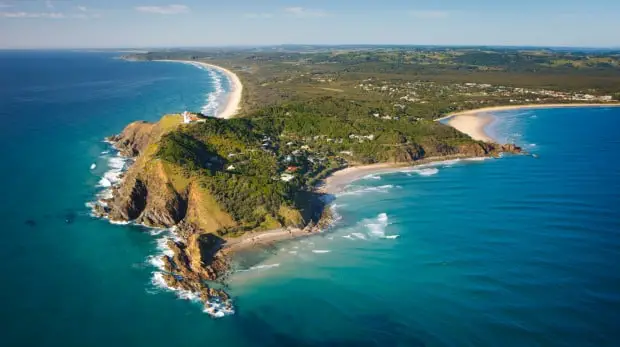
Simply 2.5km seaward, Julian Rocks are one of Australia’s best diving destinations. Like a smaller than normal Galapagos, the blending of tropical flows and cooler waters around this volcanic feign draws in an abundance of marine life, including turtles, beams, a few shark species and more than 1000 fish species.
USAT Liberty, Bali, Indonesia
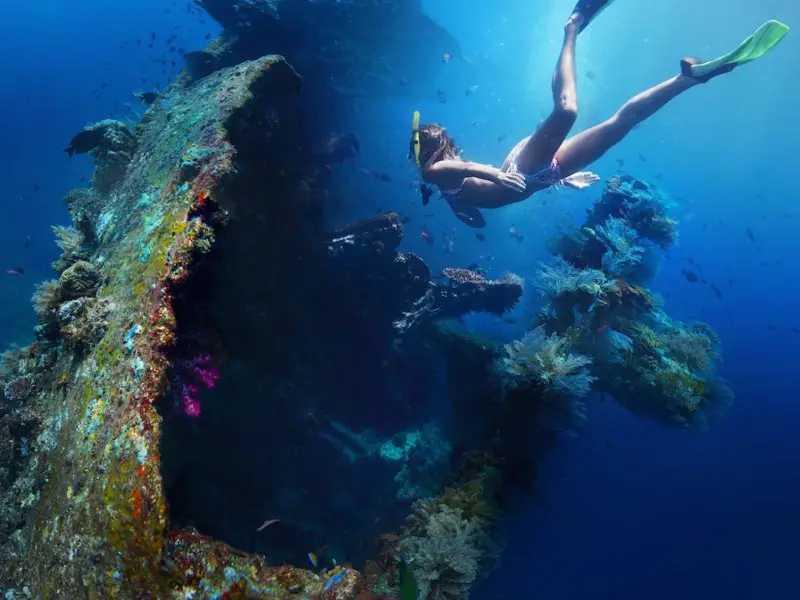
This disaster area is extremely well known with picture takers as it is completely encrusted in anemone, gorgonians and corals. Search for the hawksbill turtle, which for all intents and purposes lives on the Liberty and intriguing little stuff like the lovely purple Scorpion Leaf Fish and Ornate Ghost Pipefish. Bigger fish you may see there incorporate Great Barracuda and Flapnose Ray. Bali is considered one of the best places to dive with Manta rays.
The disaster area is very separated; however, you can go in the payload hold. You dive it less for the experience of wreck diving but the impressive sea life.
The Yongala, Australia
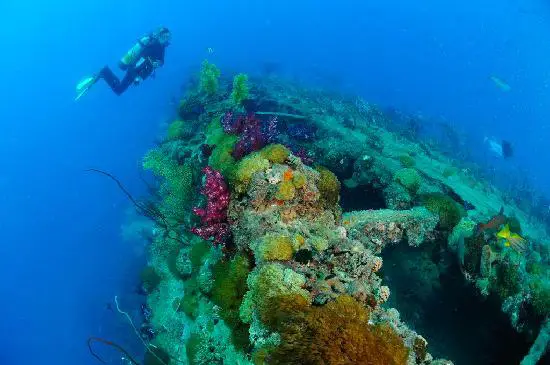
The Yongala is a wreck off the bank of Queensland. You may see load with marine life; manta beams, ocean snakes, octopuses, turtles, bull sharks, tiger sharks, billows of fish, and fabulous coral.
The Yongala sank during a violent wind in 1911, executing 122 individuals; a racehorse also calls Moonshine and a red Lincolnshire bull.
It had no telegraph facility thus couldn’t be cautious of the weather ahead. In 1981 the Yongala gave the authority insurance under the Historic Shipwrecks Act. The boat is 90 km southeast of Townsville, 10 km away from Cape Bowling Green. 109 meters in length, the bow focuses north and the boat records to starboard.
Santa Clause Cruz, Galapagos Islands, Ecuador
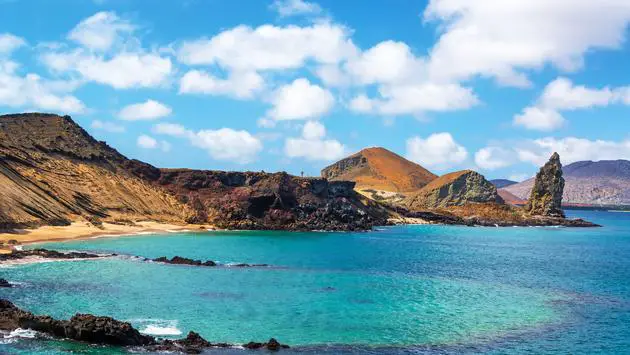
Situated at the combination of three sea flows. The powerful Galapagos archipelago offers a really one of a kind diving experience.
There’s not a great deal of coral, but the well-disposed; hammerhead sharks, ocean lions, turtles, marine iguanas, beams, and such should keep you engaged.
Malapascua Island, Philippines
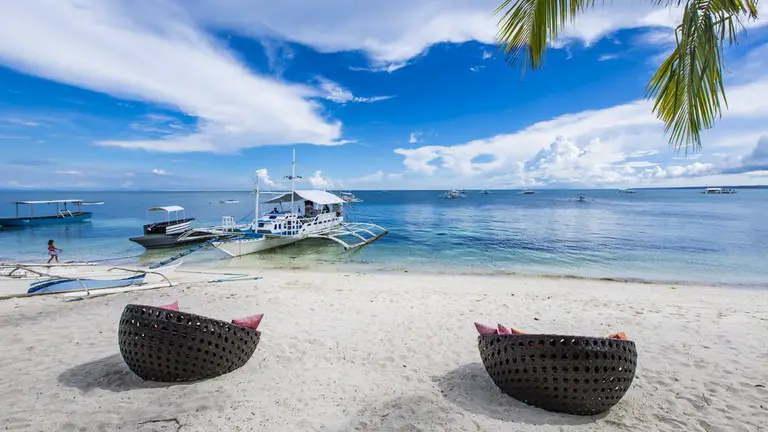
Situated at the focal point of the worlds coral triangle. The Philippines are considered to house the most extravagant centralization of marine life on the planet, with 5000 types of shellfishes, snails and molluscs alone.
Most divers head to Malapascua Island, off Cebu, for its popular thresher shark dive, an incredible impetus for finishing the necessary Advanced Open Water course.
North Male Atoll, Maldives
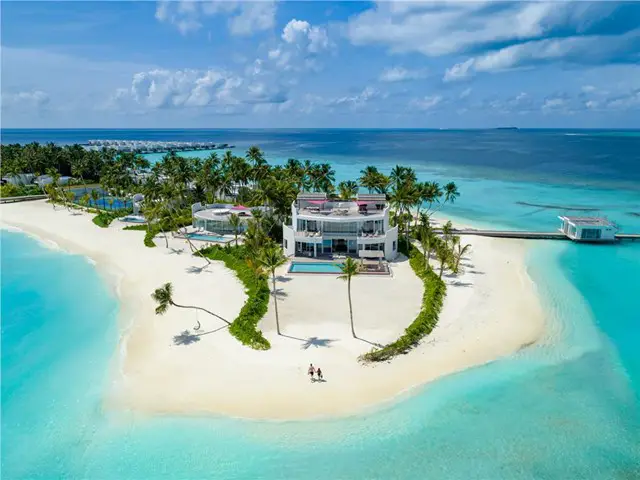
The best to explore the Maldives, North Male Atoll area, is load with splendid dive spots. Coral stays solid, notwithstanding across the board blanching.
However, rich tropical marine life is expensive, floating by warm water and extraordinary perceivability. Well, known locations are; Banana Reef, Kuda Haa, and Manta Point.
Utila, Bay Islands, Honduras
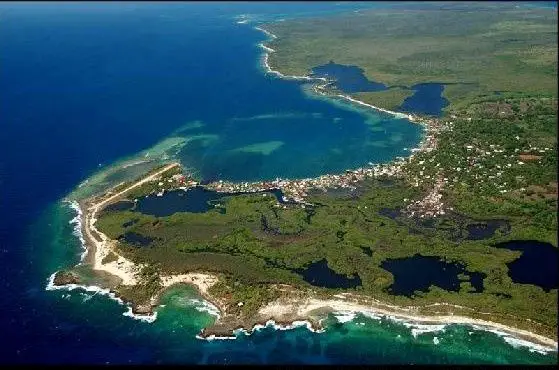
Hiker shelter Utila appreciates access toward the southern tip of the staggering Mesoamerican Barrier Reef System. Overfishing has affected marine life thickness around Utila. However, the new diver doesn’t notice.
Port Vila, Efaté, Vanuatu

Flaunting effectively available wrecks alongside splendid coral reefs. Port Vila gives the ideal warm-dependent upon those planning to handle the SS President Coolidge. One of the world’s top wreck dive, over on Espiritu Santo island when ensured.

Things You Should Know Before You Dive
Make Sure You Are Certified to Dive
Some diving operators expect you to have any proof of your diving certification or specialty competency relying upon the kind of dive.
Continuously gain your diving certification from an authorized diving agency before you travel or before you begin diving on your dive trip.
A few agencies offer early diving courses. In any case, these are not a green light for you to dive at whatever point and any place you need.
If you do dive uncertified or if you are uncertified and dive without a certified diver as it is required. Any travel insurance won’t securely cover you.
Travel insurance policy contains data around the spread for scuba diving. Peruse this cautiously before you dive into knowing and comprehending what you are secured for in the event that you have any inquiries around being covered. You can approach the insurer for any help you need.
Make Sure You’re Fit to Dive
If you’ve never been diving, you need to have a medical test in your own country to ensure you’re fit to dive.
In case you’re commonly fit and solid, there will be no issue. You will be required to sign a medical statement before diving.
In case you’re as of now ensured to dive, abstain from diving if you’re not feeling 100% well. Specifically, don’t dive on if you have a head cold or an aftereffect. Spare the party for the end of your diving trip.
Listen to Your Instructor or Dive Guide
When you’re on the dive vessel, it’s essential to listen to your educator or your guide. Regardless of how experienced you are. Keep in mind too;
- “Plan Your Dive, Dive Your Plan”
It is the main standard of diving preparation; you have to follow your educator’s brief on where you’re going. The course you will follow and what you have to keep an eye out for.
Check All Your Scuba Gear
On the way to the dive site, you should set up the entirety of your scuba gear. Take as much time as you need and double-check everything if it is working fine. If you don’t know about anything, don’t be shy to ask your guide or instructor.
Have Scuba Diving and Travel Insurance
Ensure that you are secure both above and beneath the water, with protection that unequivocally states scuba diving activity is incorporated. Spread for scuba diving shifts with World Nomads. So, please read the approach wording to make sure you to recognize what you are secure for.
Ensure you watch that any travel insurance policy that you considered covers all your scuba diving necessities. To make sure that you are sufficiently shrouded in case of injury or sickness. What’s more? If all else fails, ask the travel insurance agency any inquiries before you buy.
Being secured ashore is fundamental as well, as diving frequently includes being in remote areas.
Take Diving Course at PADI Diving Agency
As the biggest recreational scuba diving agency on the planet, PADI has contributed critical assets to ensure their dive training is both instructive yet more protected. That’s why they are the world’s main recreational diving agency?
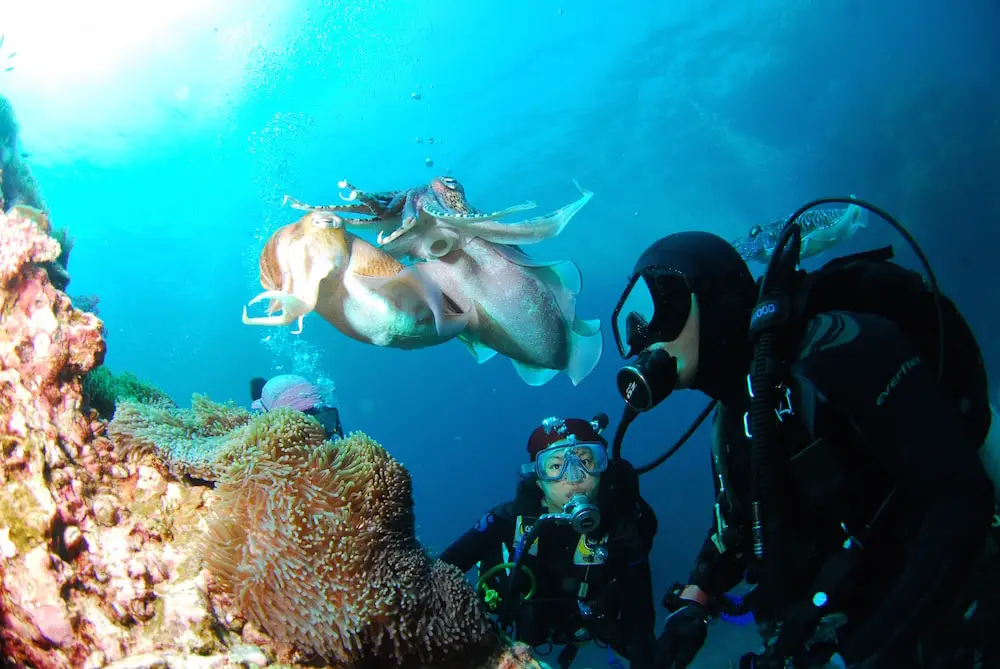
Conclusion:
Scuba diving is full of adventures and fun, especially when you know that you are diving safety.
So, have you in those safe places? Or still, missing a chance to try?
Hopefully, you like this article about the safest places to scuba dive.
We will love to hear from you. Tell us about your experiences in scuba diving in the comment section below. Kindly also share your photographs. Either your video recordings from your waterproof Go pro’s and your underwater cameras.
